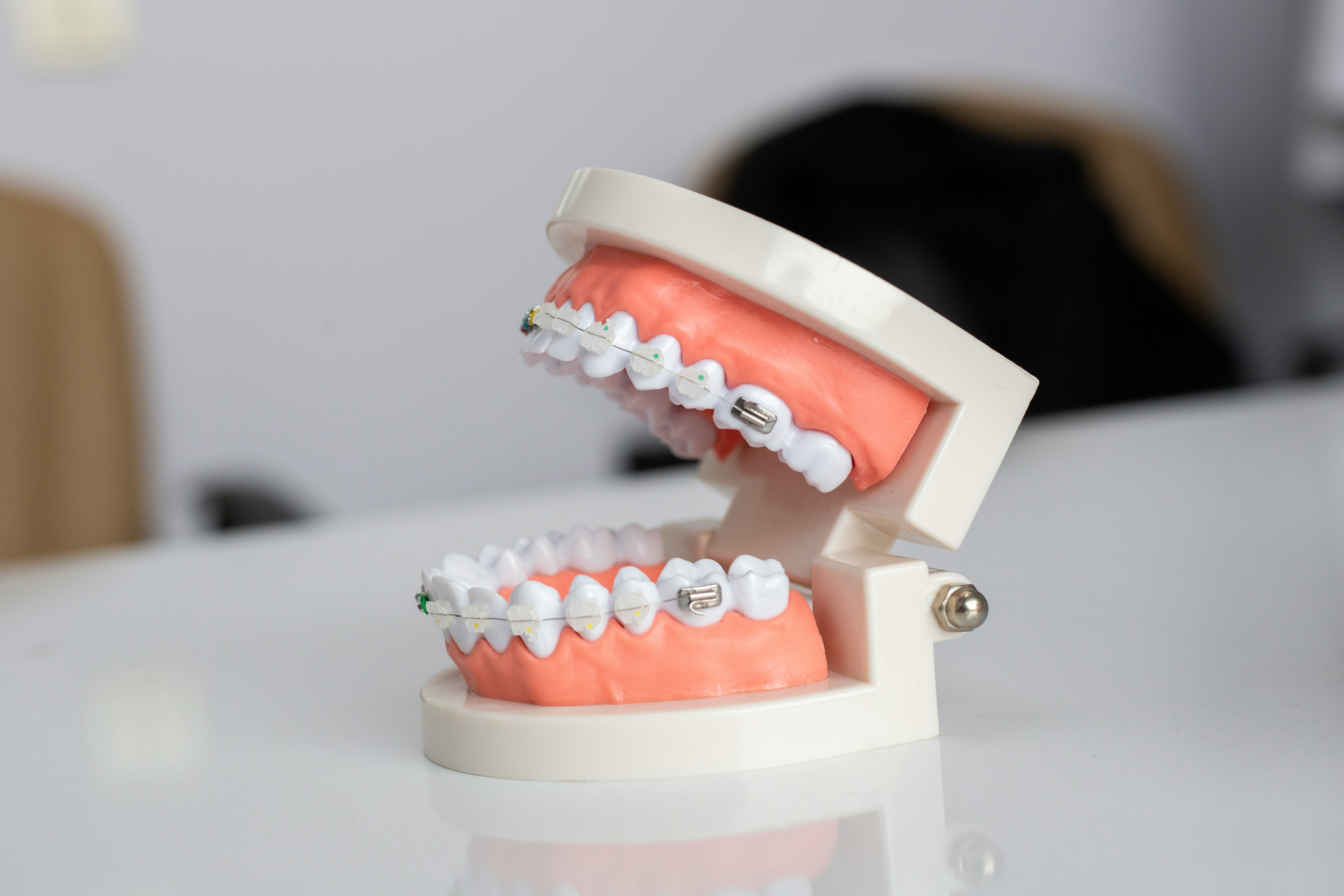Long-Term Dental Implants: Your Tooth Replacement Guide
Explore how dental implants deliver a long-lasting, natural-feeling solution for missing teeth. This comprehensive guide explains the implant process, candidacy criteria, expected timelines, likely costs, emerging research, and care tips. Learn about osseointegration, insurance considerations, and maintenance to decide if implants are right for you.

Dental implants have become the preferred method for replacing missing teeth by providing a durable, natural-feeling alternative to traditional bridges and dentures. Constructed from biocompatible materials—most commonly titanium—an implant acts like an artificial tooth root, surgically placed into the jawbone. Over time the bone fuses to the implant in a process called osseointegration, forming a stable foundation for crowns, bridges, or full-arch prostheses that look and perform like real teeth.
The implant process: stages and timeline
The route to a finished dental implant restoration usually unfolds in several phases and can take anywhere from about three to nine months, sometimes longer if preparatory treatments are required. It starts with a thorough evaluation: dental exams, X-rays, and often 3D imaging help clinicians assess bone volume, nerve locations, and optimal implant placement. Based on this, your dentist or surgeon will prepare a personalized treatment plan and determine whether bone grafts, extractions, or sinus lifts are needed before placement.
Placement of the implant post is a surgical procedure typically performed under local anesthesia. Many patients report that the experience is similar to having a tooth extracted and is well tolerated. After the post is secured in the jaw, a healing interval allows osseointegration to occur. This biological bonding between bone and implant surface is critical for long-term stability and generally requires several months to complete.
When sufficient bone integration is achieved, a small connector called an abutment is attached to the implant, and impressions are taken to create a custom crown or prosthesis. The final restoration is then secured to the abutment, restoring chewing function and esthetics. Most people experience only mild discomfort during recovery, which can be managed with over-the-counter or prescribed pain medication and following post-operative care instructions.
Who is a good candidate for implants?
Successful implant therapy depends on both oral and overall health. Key factors a clinician will review include:
- Jawbone quantity and quality: Adequate bone volume and density are essential to support an implant. If bone has resorbed, bone grafting procedures can often rebuild the necessary foundation.
- Gum and periodontal health: Healthy gums without active periodontal disease are important to reduce the risk of complications and ensure reliable outcomes.
- Systemic health and lifestyle: Conditions that impair healing, such as uncontrolled diabetes, or lifestyle factors like heavy smoking, can lower success rates. Optimizing medical conditions and modifying habits improves prognosis.
- Oral hygiene commitment: Candidates should be willing to maintain daily brushing, interdental cleaning, and regular dental visits. Good home care helps prevent peri-implant complications.
A comprehensive consultation will determine whether implants are the best option or if alternative treatments are more appropriate for your situation.
Cost, financing, and insurance considerations
Implant pricing varies considerably by location, provider, complexity of the case, and any adjunctive procedures required. Below is a general cost overview to help with planning.
| Procedure Component | Average Cost Range | Notes |
|---|---|---|
| Single Implant | $3,000 - $4,500 | Includes implant, abutment, and crown |
| Full Mouth Implants | $20,000 - $45,000 | Depends on number of implants and prosthesis type |
| Additional Procedures | $400 - $3,000 | Bone grafting, sinus lift, or preparatory work if required |
Prices, rates, or cost estimates mentioned in this article are based on the latest available information but may change over time. Independent research is advised before making financial decisions.
Insurance policies differ: some dental plans may cover parts of the restorative component, such as crowns or prosthetics, while excluding the surgical implant itself. Patients often combine dental insurance with health savings accounts (HSAs), flexible spending accounts (FSAs), or financing options offered by dental offices to manage out-of-pocket expenses. Request an itemized estimate and confirm coverage before beginning treatment.
Advances and clinical research
Ongoing research aims to improve implant predictability, shorten healing times, and expand options for patients with challenging anatomy. Areas of focus include surface modifications that accelerate osseointegration and resist bacterial colonization, novel biocompatible materials and coatings that could offer alternatives to traditional titanium, and refined surgical techniques such as minimally invasive protocols and immediate-load strategies that allow provisional restorations sooner.
Clinical trials and laboratory studies continue to test these innovations, often increasing treatment choices for people with reduced bone volume or other risk factors. Ask your dental provider about the technologies they use and whether you qualify for newer protocols or research studies.
Long-term care and maintenance
Dental implants need consistent care similar to natural teeth. Daily brushing, interdental cleaning, and routine professional cleanings are essential to prevent inflammation of the surrounding tissues, known as peri-implantitis, which can compromise implant stability. Although implants do not develop cavities, the gum and bone that support them remain vulnerable to infection.
Regular dental visits allow clinicians to monitor implant health, catch early signs of problems, and perform maintenance like professional debridement. With attentive home care and periodic professional check-ups, implants can last for many years and, in some cases, a lifetime.
This article is for informational purposes only and should not be considered medical advice. Please consult a qualified healthcare professional for personalized guidance and treatment.





